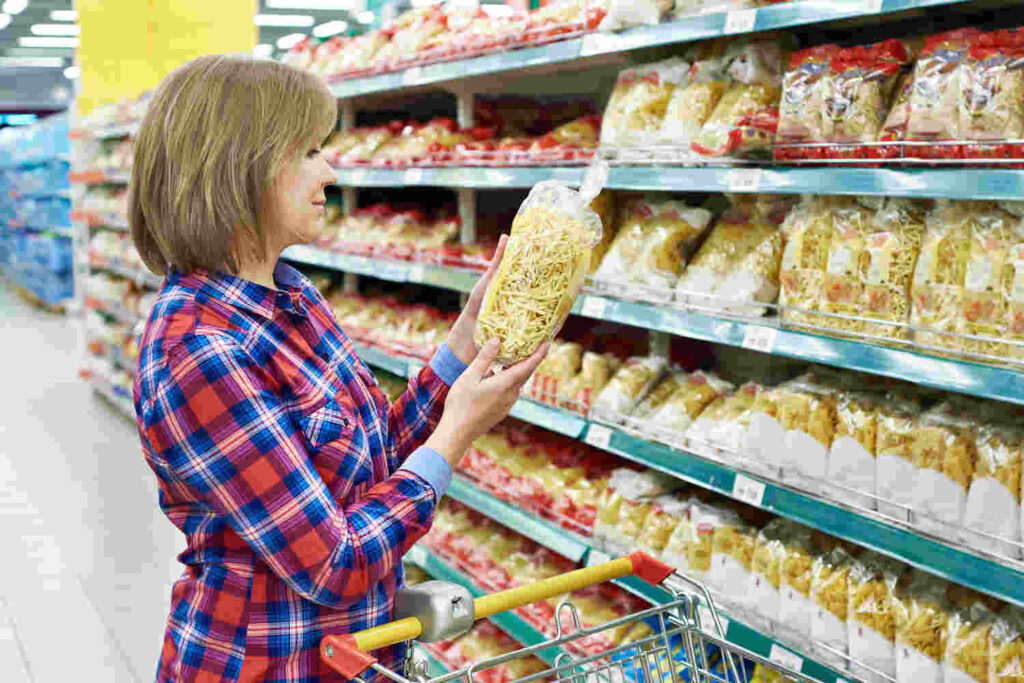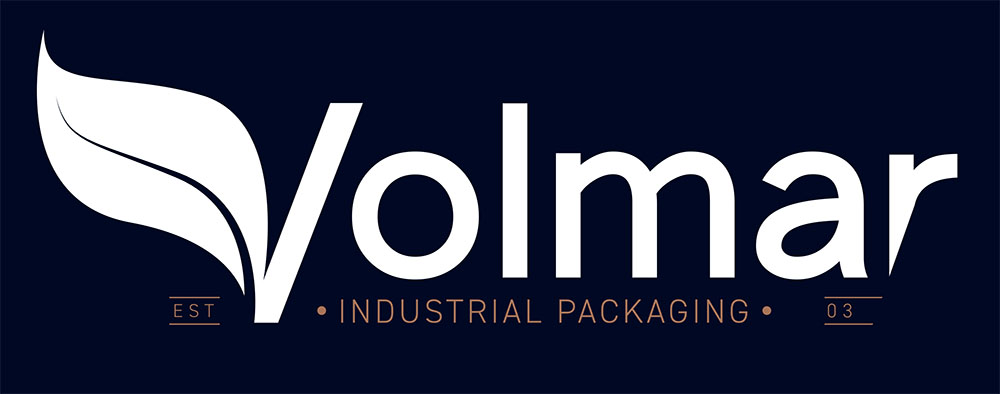
Pasta can be packaged using different methods and types of packaging, which you should choose based on various aspects, such as whether you require fresh or dried pasta packaging. We look at what you need to know about pasta packaging and the best solutions available.
Pasta packaging: what you need to know
Pasta packaging must perform multiple functions. Above all, it must perfectly preserve the product, extending its shelf life for as long as possible. It must also protect the pasta from going bad and against a series of risk factors, such as moisture, heat and the proliferation of bacteria, ensuring an optimal barrier effect.
At the same time, fresh and dried pasta packaging should enhance the product, becoming a marketing tool to encourage people to buy it and create a lasting relationship with the brand. Packaging must also provide accurate communication with consumers, indicating claims on the label and any other optional information that will strengthen your branding activities.
How to package dried pasta
Dried pasta is a type of product that has undergone a dehydration process, which simplifies packaging and increases the product’s shelf life. For the packaging, you can use dried pasta bags, which are compatible with automatic or semi-automatic packaging machines, for example by using flexible film rolls in vertical packaging machines, made from PET/PP, shrink-wrap materials or potentially recyclable materials.
Alternatively, you can opt for rigid cardboard packaging, a solution that adds eco-friendly, rustic and natural appeal that is always very popular with consumers. There is also hybrid packaging for dried pasta, which integrates flexible and rigid materials, like transparent, polypropylene films applied to cardboard boxes, with the possibility of separating plastic from paper to aid the recycling of the materials.
How to package fresh pasta
Fresh pasta packaging is more complex because of the characteristics of the product. After all, fresh pasta has a shorter shelf life than dried pasta, it is more delicate and contains more moisture. That’s why the most widely used packaging solution is modified atmosphere packaging (MAP) or protective atmosphere packaging (PAT).
To package fresh pasta, you could use vacuum bags, into which mixtures of specific gases are inserted to increase the shelf life of the product and preserve its freshness for as long as possible. Vacuum bags are also compatible with horizontal flow pack packaging machines, where the packaging could consist of a high-barrier thermoformed cardboard tray, for example.
Cardboard boxes for fresh pasta can be used for takeaway, for example with small production lines that are disposed of during the day, or as secondary packaging. Other alternatives include polypropylene (PP) trays with a plastic film closure, also available in a peelable version, which is typical for fresh pasta used with thermosealing machines.
Volmar offers a wide range of solutions for pasta packaging, with specific products for packaging dried and fresh pasta, including customizable and eco-friendly packaging.

